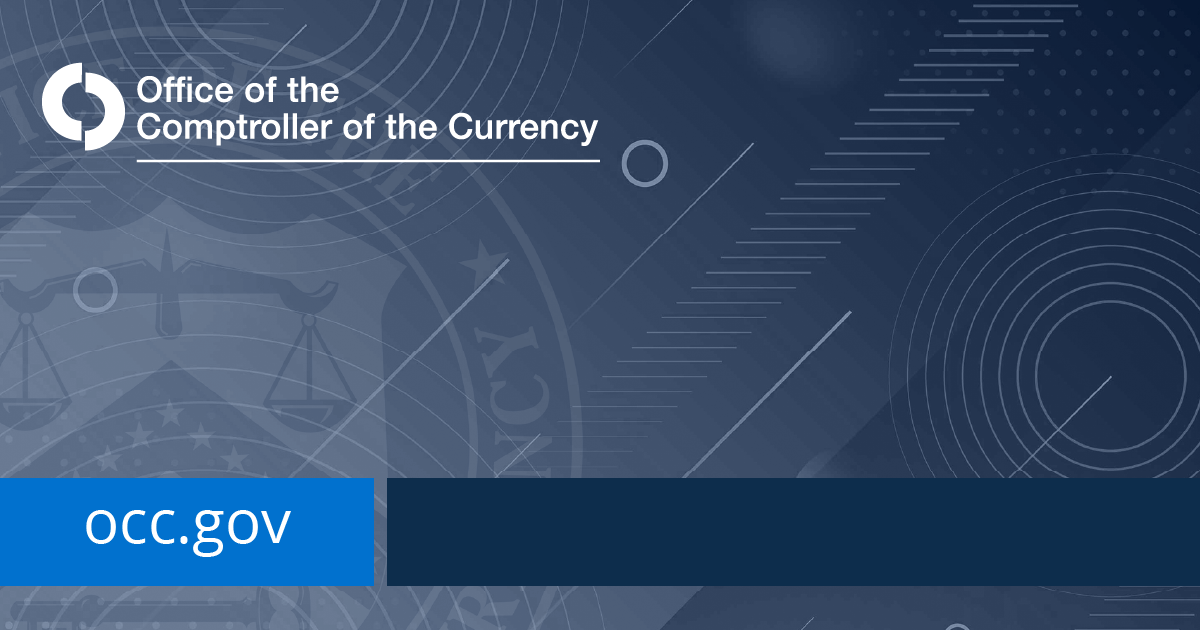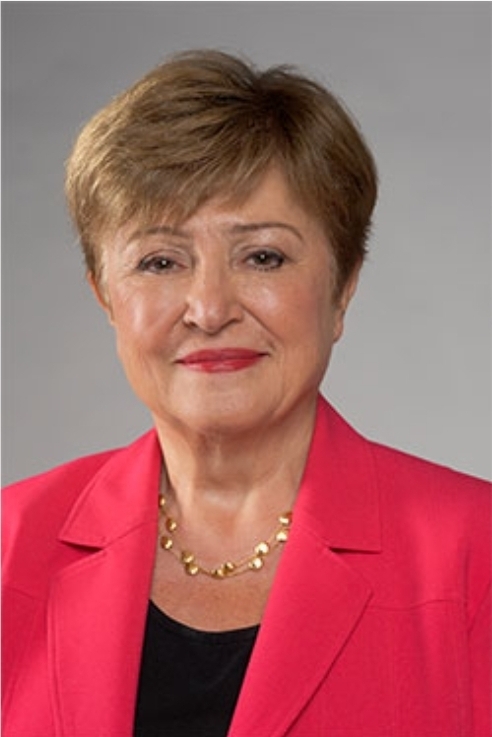Central banks accelerate the exploration of blockchain use cases, particularly by testing central bank digital currencies (CBDCs), which use permissioned blockchain networks.
Recently, the US Fed’s New York branch and Singapore’s central bank announced a joint project to explore wholesale CBDCs (wCBDCs).
NY Fed, Singapore’s MAS Conclude that wCBDCs Streamline Cross-Border Wholesale Payments
The Federal Reserve Bank of New York announced that its New York Innovation Center (NYIC) had joined forces with the Monetary Authority of Singapore (MAS) to merge their blockchain trial projects in an effort to test wCBDCs and see how they can improve cross-border wholesale payments that involve multiple currencies. The project merges New York Fed’s Project Cedar and MAS’ Project Ubin+, being referred to as Project Cedar Phase II x Ubin+.
The joint project will improve designs for atomic settlement of cross-border cross-currency transactions, leveraging wCBDCs as a settlement asset. The main goal is to reduce settlement risk across cross-border cross-currency transactions.
Cross-border payments play an essential role in global finance and trade, given the rapid increase in the international mobility of goods and services. The Bank of England reported that the total value of cross-border payments was expected to increase from about $150 trillion in 2017 to over $250 trillion by 2027. Considering that national currencies are closed-loop systems, it’s important that connections between different currencies are smooth and efficient.
Michelle Neal, Head of the Markets Group at the New York Fed, commented:
“Experimentation across the central banking community is vital to leverage the full potential of digital assets and CBDCs in particular. Building off Phase I, the Project Cedar Phase II x Ubin+ collaboration will provide further visibility into the functionality and interoperability of multi-currency ledger networks utilizing their own unique designs.”
Leong Sing Chiong of MAS, which acts as Singapore’s central bank and the main financial watchdog, said that the project would help build capabilities for a future financial infrastructure that is open and interoperable.
Ubin+ is MAS’ collaborative effort with international partners to improve efficiency and reduce the risks of cross-border foreign exchange settlement by testing blockchain and interoperable wholesale digital currencies.
The central banks noted that Project Cedar Phase II x Ubin+ was a trial and not intended to advance any specific policy outcome. The results will be presented in a report to be released next year.
New York Fed Presents Phase I Results of Project Cedar
Earlier this month, the New York Fed, which is the most influential of the reserve banks, released a report discussing the Phase I results of its Project Cedar.
The project, which represents a multi-phase research effort to build a technical framework for a theoretical wCBDC in the Fed context, concluded that the use of a wCBDC prototype to facilitate blockchain-powered transactions could improve the speed and safety of cross-border wholesale payments.
Per von Zelowitz, Director of the NYIC, said back then:
“Safe and efficient cross-border payments are critical to the functioning of the global economy. Project Cedar Phase I revealed promising applications of blockchain technology in modernizing critical payments infrastructure, and our inaugural experiment provides a strategic launch pad for further research and development regarding the future of money and payments from the U.S. perspective.”
During the 12-week initial phase, the US digital dollar was exchanged against experimental foreign currencies in a simulated blockchain-based environment. The forex spot trades are among the most common wholesale cross-border transactions. Today, it takes about two days for most FX spot trades to settle, but the experiment handled the trades within 15 seconds on average. The simulated blockchain allowed for atomic settlement in which both sides of the simulated transactions were settled either simultaneously or not at all, which greatly reduces various risks.
“The FX market is the largest wholesale market in the world, with daily turnover of over $7 trillion. Given the size and breadth of this global market, the potential impacts of technological innovation on its operations and processes are substantial,” the report concluded.
US Government Ready for CBDCs
Fed’s Michelle Neal delivered a speech earlier this month at the Singapore FinTech Festival, saying that the US Fed was not planning to issue CBDCs in the near future, although it was exploring their benefits. Neal said that CBDCs could enable a more efficient payment system, provide a foundation for further technological innovation, and facilitate faster cross-border transactions.
“It could promote financial inclusion and equity by enabling access for a broad set of consumers and foster economic growth and stability,” she added.
Even though Neal confirmed that the Fed was still not decided about issuing a digital dollar, the US government is calling for it. In mid-September, the White House issued a paper discussing the “Technical Possibilities for a U.S. Central Bank Digital Currency.”
The paper was authored by Dr. Alondra Nelson, head of the White House Office of Science and Technology Policy, Alexander Macgillivray, Principal Deputy United States Chief Technology Officer, and Nik Marda, Policy Advisor. It discussed the benefits and risks of a permissioned blockchain-based digital dollar, calling for the creation of a CBDC.
“The American people deserve to fully benefit from technological possibilities like a U.S. CBDC, while being protected from the harms it could bring,” the document reads.
While the White House believes that launching its own CBDC would advance US President Joe Biden’s democratic vision, many experts are warning that CBDCs offer governments unlimited power, giving them the ability to exert more control over people’s finances. CBDCs may improve transactions with the national currency, but they may not be compatible with freedom.



























